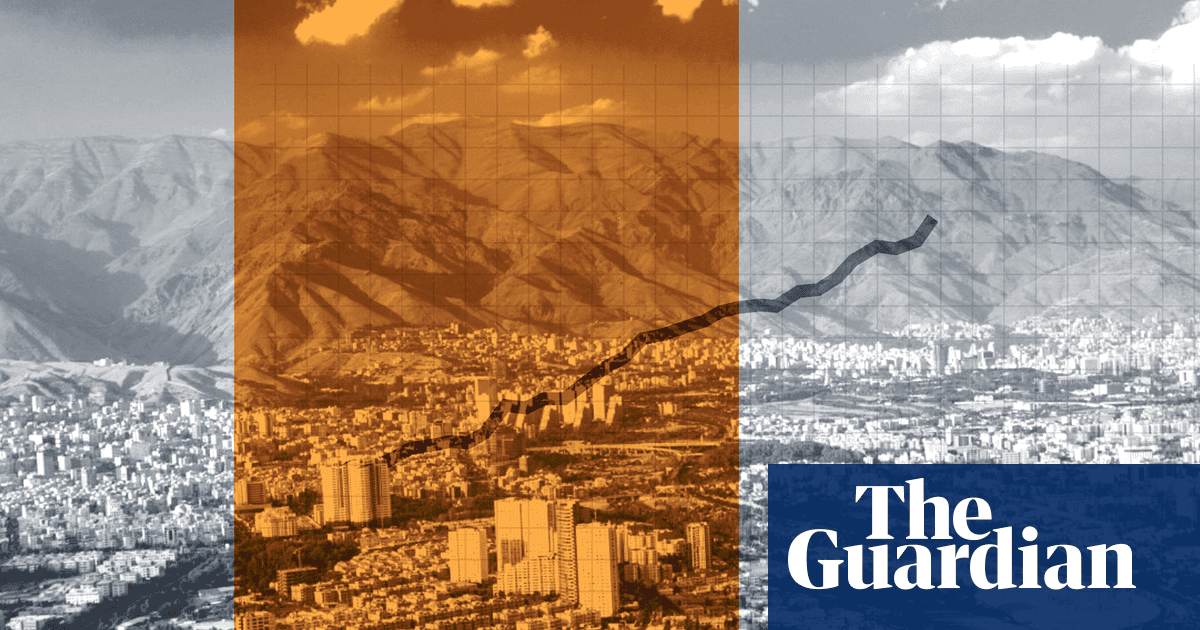cross-posted from: https://slrpnk.net/post/27810445
Iranians blame climate change, sanctions, mistakes and neglect, and Iran’s vice-president wants to tackle them all
archived (Wayback Machine)
California had a similar issue after a 7-year drought. People were seriously asking whether it was wise to plant rice, alfalfa, and almonds when water was scarce. But any effort to change was met with resistance.
Also, the arcane laws around water rights and priorities didn’t help. A lot of farmers sank their own wells, only to see them run dry when larger or corporate farmers nearby sank even bigger wells. There was a lot of subsidence in Central Valley. Water was getting diverted away from rivers which was leading to closed fishing seasons. Major reservoirs were at 100-year lows.
The only saving grace was a couple of severe el niño seasons refilling the lakes and reservoirs and it all was forgotten. Nobody tried to solve the root causes. We’re now heading into water from the Colorado River running low and California’s allocation getting cut. In the last drought we didn’t have that problem. Now we do.
The next drought, we’ll be in the same boat as this article. Or worse.
Well, the greatest economic system ever invented will sort it out. Nothing to worry on.
Tackling the issue of agriculture is another urgent priority: agriculture takes up 88% of water consumption but only produces about 10 to 12% of the country’s GDP. Many say the farmers’ consumption of water needs to be nearly halved, so instead of allocating 77bn cubic metres of water to the agricultural sector, it needs to be cut to 40bn cubic metres of water. Iranian farmers need to move out of water consuming crops such as rice or watermelons, or out of agriculture altogether. The goal of self sufficiency in food may also need to be suspended. But getting farmers to move out of watermelons and rice and into pistachios is not easy.
Ansari admits: “Due to the major limitations from which we suffer we have no other choice but to change fundamentally some of our methods and policies in the agriculture industry. It is a fact that agriculture consumes the most water so we have to focus there, but by no means not exclusively. Many of our crops in the past were water consuming, especially around the wetlands and rivers. Changing the systems of irrigation matters, but so do the crop themselves. In parts of central Iran, we have had a lot of rice agriculture like in Japan. That has to change. Sometimes that involves finding substitute methods of income so these communities are not only dependent on agriculture.” Those words foreshadow thousands of difficult discussions with Iran’s farmers.
But, she says, Iran can draw on its traditions. “In several of our ancient cities like Nain, Yazd, Kerman, our ancestors used qanats – underground water channels – or wind catchers (towers on the top of buildings). We have shown we have the ingenuity.” However, she believes that a root cause of many of Iran’s difficulties is that in the past century they have followed western methods of development. “We need to combine historic lessons with modern ways of controlling energy and water resources.”
Planting pistachios and other drought-tolerant trees, forming a full multi-layered closed-canopy forest to limit evaporation, does seem like the most promising solution.


